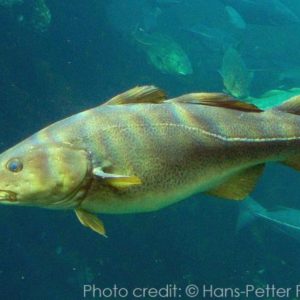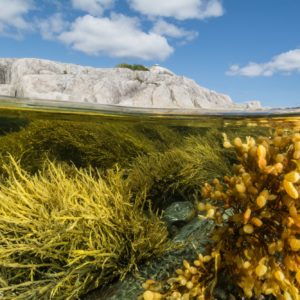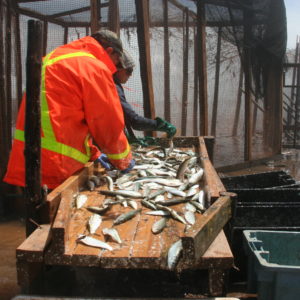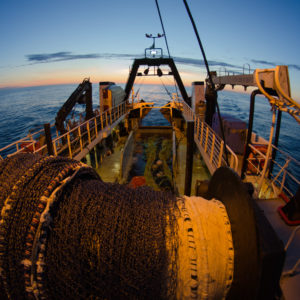Bycatch
Bycatch is the incidental capture of species in a fishery when another species is being targeted.
Bycatch are either kept and landed, or discarded (thrown back to sea). Bycatch isn’t always catching a non-target species. It can also include an unwanted size or sex of the targeted species.
The Challenge
Bycatch is an issue with almost all fishing gear types, with the exception of some hook and line, harpoon and diving fisheries, where there is near 100 per cent selectivity. Bycatch can be an unsustainable practice when that species is threatened, unmanaged, or unaccounted for. Bycatch must be managed and monitored, in the same way target species must be managed.
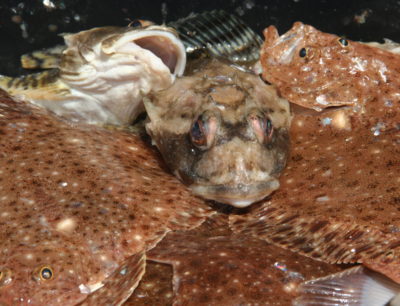
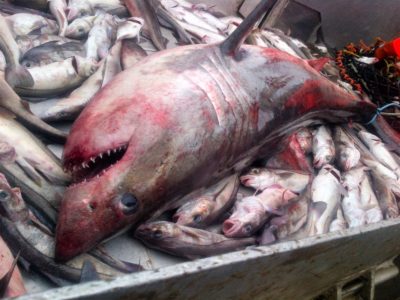
In addition to the conservation problems associated with bycatch, catching unwanted species can be a nuisance to fishers, since they lose bait, and waste time hauling in or sorting out species that are not as economically valuable as the target species. Reducing bycatch is often a win-win outcome.
The term “high-grading” is used when a fishery discards smaller, lower value fish so they can catch larger, higher value fish instead. It still happens, despite many fisheries having rules against such practices. Discarded animals often don’t survive, and so the conservation consequences can be significant.
Without knowing the size, species, and amount of discarded bycatch, it is almost impossible to determine how a fishery is impacting populations of non-targeted species.
The Solution
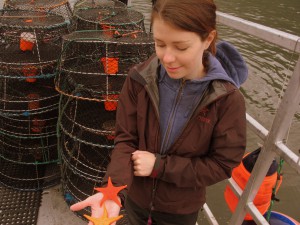
One of the easiest ways to reduce bycatch is to use lower impact fishing gear by either modifying or changing gear type. In some fisheries, changing regulations to force the retention of all bycatch has been known to propel fisheries to modify their gear or behaviour to minimize unwanted catch. However, this approach can have negative conservation consequences if fisheries do not change and continue to catch the same amounts of bycatch.
The most important first step to manage and understand bycatch is having a comprehensive monitoring and reporting system in place. Documenting species caught as bycatch properly, whether they are retained or discarded, allows fisheries scientists to understand a particular fishery’s impact on other species. Monitoring and reporting can also help to inform gear modifications to reduce bycatch, or to consider area-based management tools to avoid fishing areas known to have high levels of bycatch or vulnerable species.
Bycatch can also be avoided by changing fishing behaviour, bypassing migratory routes or high use areas for various species, fishing at different depths, or using different baits, which can be more selective for certain species.
Canada needs to implement its 2013 Bycatch Policy across all fisheries comprehensively, with a focus on those with bycatch conservation concerns. It should be noted that some of Canada’s fisheries are among the best monitored fisheries in the world, while monitoring in other countries is significantly lacking.
Further Information
- A review of the impacts of all fishing gear types used in Canada, which provides data driven assessments on the relative impacts gear has on habitat and bycatch.
- Policy for Managing Bycatch – DFO
- A review of best practice mitigation measures to address the problem of bycatch in commercial fisheries – a review for MSC
- Bycatch.org – Find references and summaries from bycatch reduction studies, and descriptions of bycatch mitigation techniques
